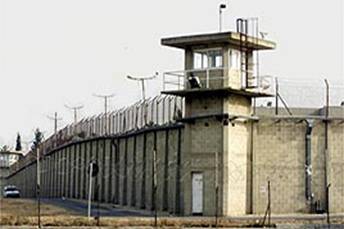Category: Gaza
-
‘I can’t give you information about your health, it’s a security matter’
7th March 2014 | Corporate Watch, Tom Anderson and Therezia Cooper | Gaza, Occupied Palestine International action has been called for in solidarity with prisoners held in Israeli jails. Corporate Watch has been investigating the companies involved in the Israeli prison system and interviewing ex-prisoners. This interview is part of a series of articles which will be released over…
-
A specter is hunting Israel: the specter of the BDS movement
6th March 2014 | International Solidarity Movement, Marco Varasio | Gaza, Occupied Palestine While Israeli ministers are discussing the usage of lawyers and the Mossad to fight boycott, divestment and sanctions (BDS), in the besieged Gaza Strip, like in 250 other cities around the world, activists, students and representatives of organizations are preparing for the tenth annual Israeli…
-
Threats of lethal Israeli violence stop a weekly demonstration in the Gaza Strip
5th March 2014 | International Solidarity Movement, Charlie Andreasson | Gaza, Occupied Palestine The regular Friday demonstration at the “buffer zone” east of Jabaliya was stopped by Palestinian police and security forces. The Israel had send a message via Egypt to the Palestinian authorities in Gaza that it would not tolerate any demonstrations and that it intended…



